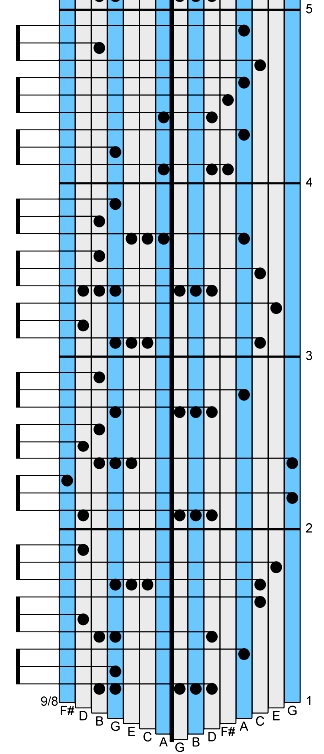The Hugh Tracey kalimba is the work of a lifetime. From 1920 to 1954, musicologist and historian Hugh Tracey honed his experience, appreciation and understanding of African music and musical instruments. Then, in an endeavor to create a new kalimba and one that would be able to appeal to western ears, he built over 100 prototype instruments of various designs which integrated aspects of several traditional kalimbas, from about 1950 to 1954. When he felt he had perfected his design, the Treble kalimba was born, and it was followed by the deeper-voiced Alto a few years later.
But after Hugh Tracey had developed his masterpiece instrument, he had another challenge: how could he get people interested? How could he convince them to take his kalimba – and him – seriously? The answer was, in part, “Jesu, Joy of Man’s Desiring,” the beautiful piece by J.S. Bach that everyone knows and loves. I myself have played this enchanting song at weddings, memorial services, and silent Quaker Meeting for Worship.
Now, I give you the key to unlock this song: tablature for “Jesu” for several different kalimbas.

Beginning of “Jesu” for Alto Kalimba. When
several black dots are adjacent to one another,
play a chord by strumming the tines indicated.
I like to joke: ” ‘Jesu’ is a song that Johann S. Bach wrote when he spent a semester abroad in Johann S. Burg.” (Johannesburg, South Africa, is where Hugh Tracey kalimbas are made.) And according to Ed Morgan, a local Tucson attorney, “The kalimba is truly the instrument that Bach’s ‘Jesu’ was written for.”
How true Ed’s words seem. Hugh Tracey learned to play “Jesu, Joy of Man’s Desiring” on his Treble Kalimba. He performed that piece when he gave lectures on African music and the kalimba, and it would get quite a response. People had never before heard such pure and silvery music come forth… from… a funny little box with a rake on it?
I’m sure you will be excited to try it yourself, using the arrangements/formats of “Jesu” now available for free here:
A few notes about these arrangements:
Regarding playing chords, I encourage you to seek a light touch and emphasize the melody with the opposite hand. Bach usually only uses a single note in melody and a single note in harmony. Counterpoint is a feature of Bach’s music; I have added some harmony and arranged several notes at the same time – sometimes three on each side, which make chords. If you prefer a more minimalist arrangement, you should feel free to take out some harmony notes.
In the near future I am going to provide new advanced arrangements for “Jesu” that will knock your socks off, so watch this space!


Sign up for our newsletter and free resources with your email address:
We pinky promise not to spam you and to only send good stuff.
 Christmas in July 2025
Christmas in July 2025 Patriotic and American Music for Kalimba
Patriotic and American Music for Kalimba